Revision Notes: Partition of Bengal | History and Civics Class 10 ICSE PDF Download
The Partition of Bengal
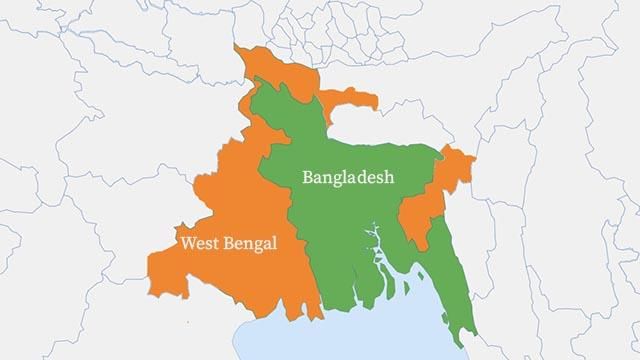
The partition of Bengal was a highly controversial decision made by Lord Curzon during British rule in India. This decision sparked widespread protests across the country.
Scheme of Partition
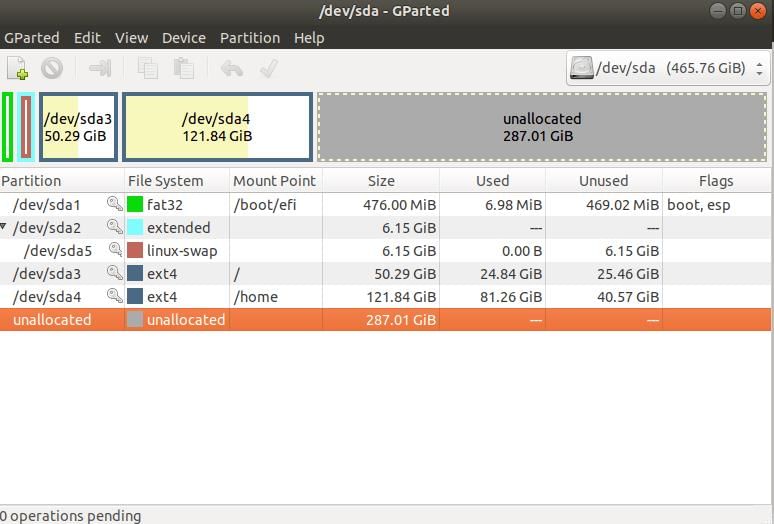
During British rule, the province of Bengal included what are now the states of West Bengal, East Bengal (now Bangladesh), Bihar, Odisha, the Chotanagpur area, and some other regions. Bengal had a vast population of over 80 million people.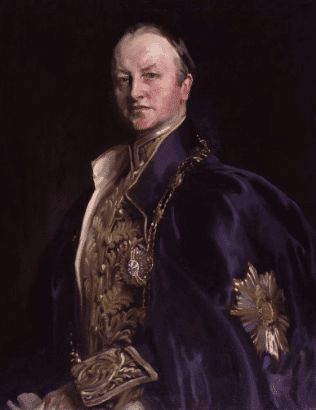 In July 1905, Lord Curzon announced the division of Bengal into two provinces:
In July 1905, Lord Curzon announced the division of Bengal into two provinces:
- West Bengal: This province included present-day West Bengal, Bihar, and Odisha, with Kolkata designated as the capital.
- East Bengal: This province comprised Eastern Bengal and Assam, covering the eastern districts of Bengal and parts of Assam.
The division was particularly troubling because it split Bengal along communal lines, with West Bengal having a Hindu majority and East Bengal having a Muslim majority. This move was seen as an attempt by the British to create divisions between the communities.
Lord Curzon's partition of Bengal into West and East Bengal was met with significant opposition and protest.
Reasons Behind the Partition of Bengal
The British claimed that the partition of Bengal was necessary for better administration. However, their true intentions were more sinister:
- Bengal was a stronghold of Indian nationalism. The British hoped that by dividing the province along communal lines, they could weaken the growing nationalist movement.
- The partition aimed to diminish the influence of Bengalis by making them a minority in their own state.
- Bengal was divided as part of the British policy of "divide and rule."
The people of Bengal and Indian nationalists strongly criticized the partition. They saw it as a deliberate attempt to divide Bengalis on religious and territorial grounds. This opposition led to a powerful anti-partition movement.
The Anti-Partition Movement
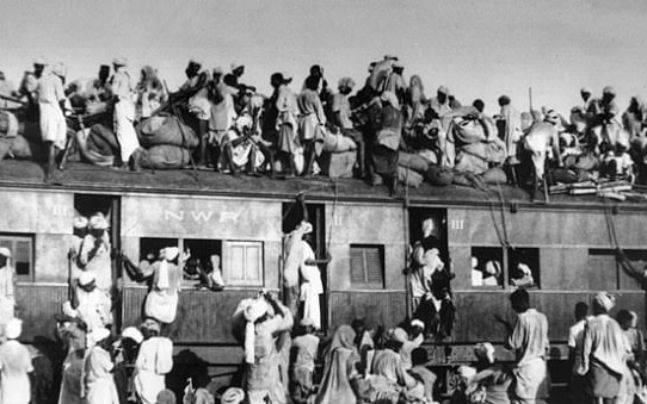
- The partition of Bengal faced strong opposition from various groups, including the Congress and nationalists. Zamindars, merchants, students, women, and lawyers in Bengal were particularly vocal against the division of their province.
- Early nationalists worked together during the anti-partition movement, showing a united front.
- The day the partition took effect, October 16, was observed as a day of national mourning across Bengal. People fasted and organized hartals (strikes) in Kolkata.
- In almost every street of Kolkata, people sang "Bande Mataram," which later became a significant anthem in the Indian National Movement.
- During this period, Rabindranath Tagore composed the song "Amar Sonar Bangla," which later became the national anthem of Bangladesh.
- Demonstrations against the partition were widespread, and Bengali leader Ananda Mohan Bose founded the Federation Hall to symbolize the unity of Bengal.
Impact of the Anti-Partition Movement
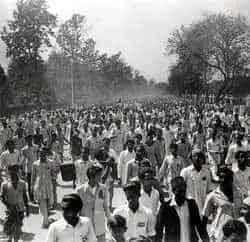
- The anti-partition movement in Bengal accelerated the Indian national movement, provoking widespread opposition to the British government.
- It was during this movement that the Swadeshi and Boycott Movements gained significant traction, with people increasingly opting for goods produced by local industries. Bonfires of foreign clothing became common, further strengthening the Indian National Movement.
- The movement also led to a loss of faith in the British sense of justice and fairness among the Indian populace.
- Additionally, the anti-partition movement provided an opportunity for assertive nationalists to take the lead in the national movement.
- Notably, Rabindranath Tagore composed the song "Amar Sonar Bangla" during this period, which has since become the national anthem of Bangladesh.
Swadeshi and Boycott Movements
The term ‘Swadeshi’ refers to goods and practices originating from one’s own country. The Swadeshi Movement aimed to foster the development of indigenous industries in India. Lala Lajpat Rai described the movement as a means to cultivate self-respect, self-reliance, and self-support among Indians.
The Boycott Movement played a crucial role in energizing the Swadeshi Movement. It involved several initiatives, including:
- Boycotting British-made cloth and imported sugar and salt.
- Resigning from government positions and Legislative Council seats.
- Promoting Hindi and other vernacular languages.
- Socially ostracizing individuals who purchased foreign goods.
The Anti-Partition Movement provided a significant boost to the Swadeshi Movement. Leaders like M. G. Ranade, Rajnarain Bose, and the Tagore family in Bengal had earlier advocated for the principles of Swadeshi and Boycott. Bal Gangadhar Tilak was instrumental in leading a boycott campaign as early as 1896. Assertive nationalists utilized the Swadeshi and Boycott Movements as instruments of political protest against imperialism and as a means of promoting self-sufficiency in the pursuit of Swaraj (self-rule).
Spread of the Movement
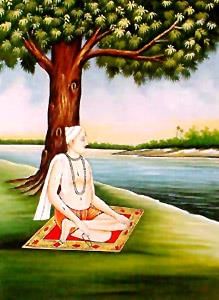
The call for the Swadeshi and Boycott Movements was not limited to Bengal; it resonated across major towns and cities in India.
Bonfires of foreign clothing were organized in various places, and shops selling foreign goods were picketed. People were encouraged to use Swadeshi products.
The movement gained traction in many parts of the country.
Key Figures in the Movement
- Bal Gangadhar Tilak : He popularized the movement in Mumbai and Pune and established several cooperative stores as the leader of the 'Swadeshi Wastu Pracharini Sabha'.
- Lala Lajpat Rai : He spread the movement in Punjab and other northern regions of India.
- Chidambaram Pillai : He promoted the movement in Chennai and founded the Swadeshi Steam Navigation Company in Tuticorin, in present-day Tamil Nadu.
Support for the Movement
- The movement received support from various sections of society, including landlords, merchants, peasants, and even laborers.
- A session of the Indian National Congress, chaired by Dadabhai Naoroji, endorsed the Swadeshi and Boycott campaigns and declared the Congress's goal as the 'attainment of Swaraj'.
- Students participated in large numbers, and women also took to the streets, organizing picketing of shops selling foreign goods.
Indigenous Production and Education
- The movement led to the establishment of various textile mills, soap and sugar factories, nationalized banks, and insurance companies to produce indigenous goods.
- Many national educational institutions were founded to provide literary, technical, and physical education.
Repression of the Government
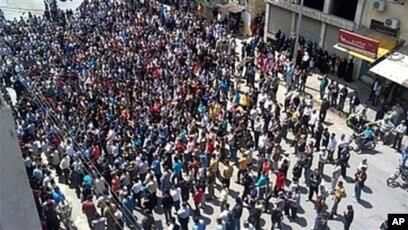
The government employed various measures to suppress the movement, including:
- Banning rallies and processions, censoring newspapers, and imprisoning leaders of the national movement.
- Expelling and arresting students who participated in the movement.
- Enacting laws such as the Prevention of Seditious Meeting Act and the Criminal Law Amendment Act to curb the movement's growth.
- Dismissing government employees involved in the movement and brutally beating volunteers.
Many prominent leaders were arrested during the crackdown.
- Bal Gangadhar Tilak was convicted for writing seditious articles in his newspaper, Kesari.
- He received a sentence of six years of rigorous imprisonment in Mandalay jail in Myanmar.
- Tilak was deported to Mandalay jail due to his writings in Kesari.
One positive outcome of the movement was the British government's response, leading to the implementation of the Morley-Minto reforms aimed at appeasing early nationalist Congress leaders.
Reasons for the Partial Failure of the Swadeshi Movement
The Swadeshi Movement began to lose its popular mass support because of the following reasons:
- It was not able to bring the Hindus and the Muslims together.
- The Congress was split into the early nationalists and the assertive nationalists in 1907.
- The British brutally repressed the movement.
- The movement did not have leaders with huge popularity after the arrest of Tilak, Lala Lajpat Rai and Ajit Singh.
Impact of the Swadeshi and Boycott Movement
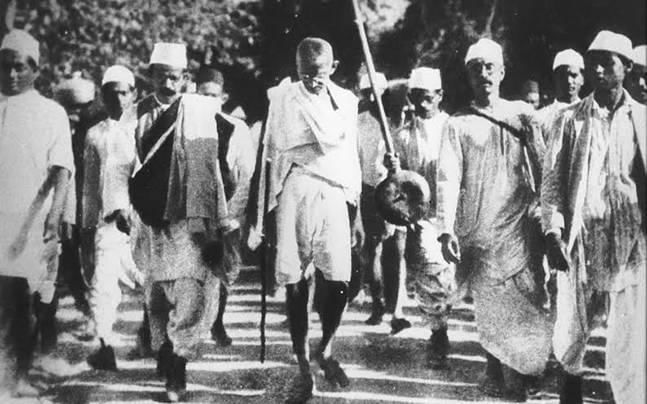
- The movement brought together people from various sections of society. Students and women participated in large numbers. Muslim leaders like Abdul Rasul and Liaquat Hussain joined the movement despite British efforts to keep Muslims away.
- The movement significantly boosted indigenous industries. Many new industries were established, including textile mills, soap and match factories, and large-scale enterprises. The Tata Iron and Steel Company was founded in 1907, along with the establishment of various companies and banks by Indians. Acharya P. C. Ray set up the Bengal Chemical Swadeshi Stores, and Rabindranath Tagore aided in opening several Swadeshi stores in Bengal.
- The Swadeshi Movement created employment opportunities for many craftsmen and weavers in handloom and handicraft industries.
- There was a flourishing of nationalist literature, including poetry, prose, and journalism. Poets like Tagore and Syed Abu Mohammed wrote inspiring poems and songs. Journals such as Kesari, Mahratta, and Yugantar promoted nationalism and patriotism.
- Nationalist schools were established during this period, with around 25 secondary and 300 primary national schools set up in Bengal.
- The government’s repressive measures to suppress the Swadeshi Movement led to the emergence of revolutionary groups in Bengal, Maharashtra, Tamil Nadu, and Punjab.
- The Swadeshi Movement attracted a large number of people to the national movement, preparing them for future independence struggles. Mahatma Gandhi noted that “the real awakening of people in India took place after the partition of Bengal.”
Split in Congress at Surat in 1907
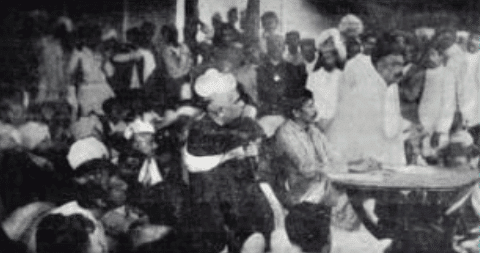
- The Swadeshi Movement created a division between the early and assertive nationalists.
- The assertive nationalists wanted to use the Swadeshi and Boycott Movements to challenge the British rule in India.
- In contrast, the early nationalists opposed the Boycott Movement because it went against their approach of ‘petition and persuasion’.
- The assertive nationalists aimed to spread the movement beyond Bengal, while the early nationalists preferred to keep it restricted to Bengal.
- During the Congress session of 1906, the INC condemned the Partition of Bengal and declared Swaraj (self-government) as its goal.
- The differences between the two factions became evident in the 1907 session of Congress held in Surat.
- The assertive nationalists wanted Lala Lajpat Rai as the President of the Surat session, while the early nationalists proposed Rashbehari Ghosh for the chair.
- After discussions and debates in the Surat session, there was no reconciliation between the two groups, leading to the split in Congress.
- The split in the INC was a regrettable moment in Indian history.
- The assertive nationalists stayed out of Congress for several years, weakening the national movement.
- The British took advantage of this situation by employing a policy of ‘concession and repression’.
- They granted some concessions to the early nationalists while suppressing the activities of the assertive nationalists.
- Eventually, both factions reunited in the 1916 session of Congress held in Lucknow.
|
28 videos|103 docs|27 tests
|
FAQs on Revision Notes: Partition of Bengal - History and Civics Class 10 ICSE
| 1. What was the primary reason behind the Partition of Bengal in 1905? |  |
| 2. What were the main objectives of the Swadeshi Movement? |  |
| 3. How did the Boycott Movement contribute to the Indian independence struggle? |  |
| 4. What led to the split in the Indian National Congress at the Surat session in 1907? |  |
| 5. How did the Partition of Bengal impact the political landscape in India? |  |















